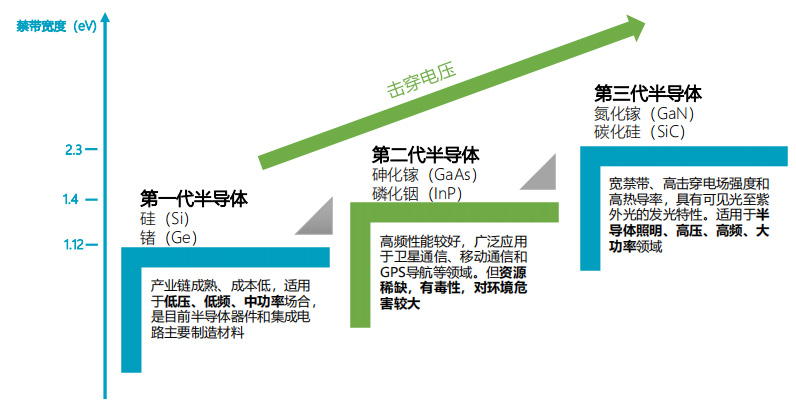Industry News
Capacitor Technology Innovations in the Era of Third-Generation Semiconductors
Times:2025-10-09 Views:113
With the widespread adoption of third-generation semiconductor technologies such as silicon carbide (SiC) and gallium nitride (GaN) in electric vehicles (EVs), photovoltaic (PV) systems, energy storage, data centers, and industrial power supplies, power electronics systems are evolving toward higher efficiency, higher power density, and more compact designs. These devices leverage their high-frequency, high-voltage, and high-temperature characteristics to significantly enhance system performance, but they also impose greater demands on every component in the system design.
As a fundamental passive component, capacitors play an increasingly critical role in these high-frequency, high-voltage applications. In traditional power architectures, capacitors are primarily used for energy storage and filtering. However, in high-frequency switching applications driven by third-generation semiconductors (reaching hundreds of kHz to MHz), capacitors must withstand higher ripple currents, stricter voltage stresses, and more extreme temperature fluctuations. At the same time, system miniaturization requires capacitors to provide greater effective capacitance within limited space, placing higher demands on capacitance density, equivalent series resistance (ESR), equivalent series inductance (ESL), ripple current handling capability, and long-term reliability.
These new requirements mean that the iteration speed of capacitors must keep pace with the development of power devices. However, after decades of development, traditional capacitor technologies, especially liquid aluminum electrolytic capacitors, have approached their physical limits in terms of material systems and structural design. Achieving further improvements requires system-level innovations spanning materials, internal structure, manufacturing processes, and packaging technologies. The mismatch in development pace between passive components and rapidly evolving power devices has become a technical bottleneck limiting the full deployment of third-generation semiconductor solutions.
Recent research and demonstration cases indicate that through system-level innovation, it is possible to develop capacitors that meet the high-frequency, high-voltage, and high-temperature requirements of third-generation semiconductor applications, aligning capacitor performance with the development pace of power devices.









